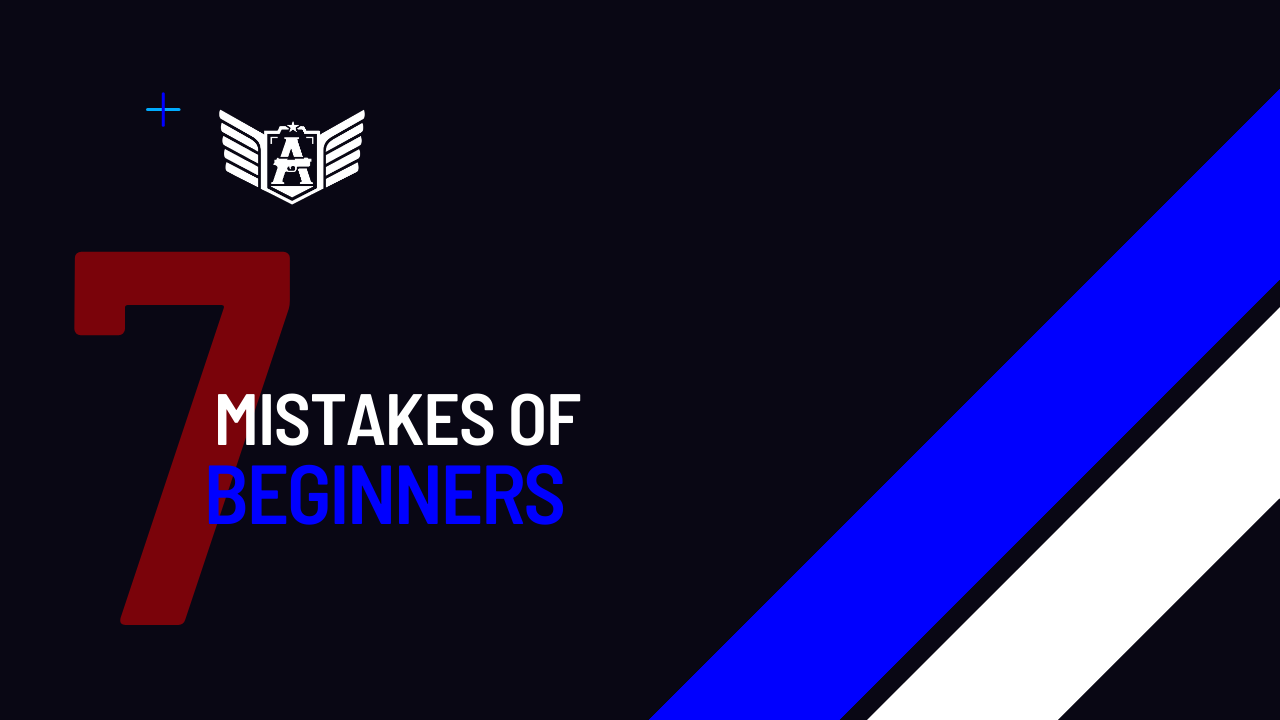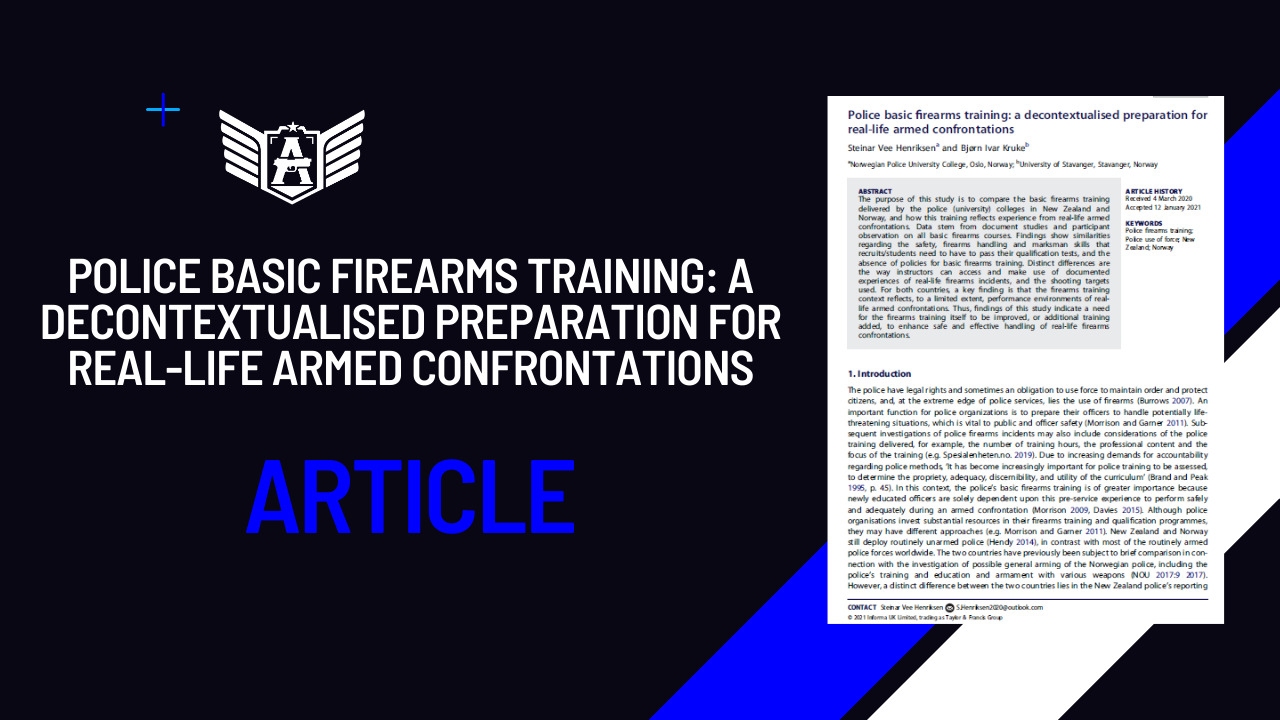
This is a text aimed at those who are just entering the world of firearms or perhaps for someone who has always had firearms but never received formal training. It’s a list of 7 mistakes that beginners make with their firearms, written with the aim of helping them accelerate their development and become more capable of defending what they consider important in their lives.
Congratulations on acquiring your first firearm. Now, let’s take the next step. Are you ready?
(1) Not following safety rules
Let’s start from the beginning. Following safety rules is something that should be learned before handling a firearm. Neglecting this aspect is non-negotiable, unacceptable, and unthinkable. Make sure to continuously improve your practices, not just to comply with the rules below, but to become more responsible with your firearm use.

(2) Inadequate maintenance
Firearms are not infallible machines and, like all machines, they depend on maintenance for flawless operation. In the vast majority of cases where shooters claim their firearms malfunction, these malfunctions are caused by the shooters themselves due to lack of skill or care.
Always keep your firearm clean and well lubricated. Use only new ammunition.
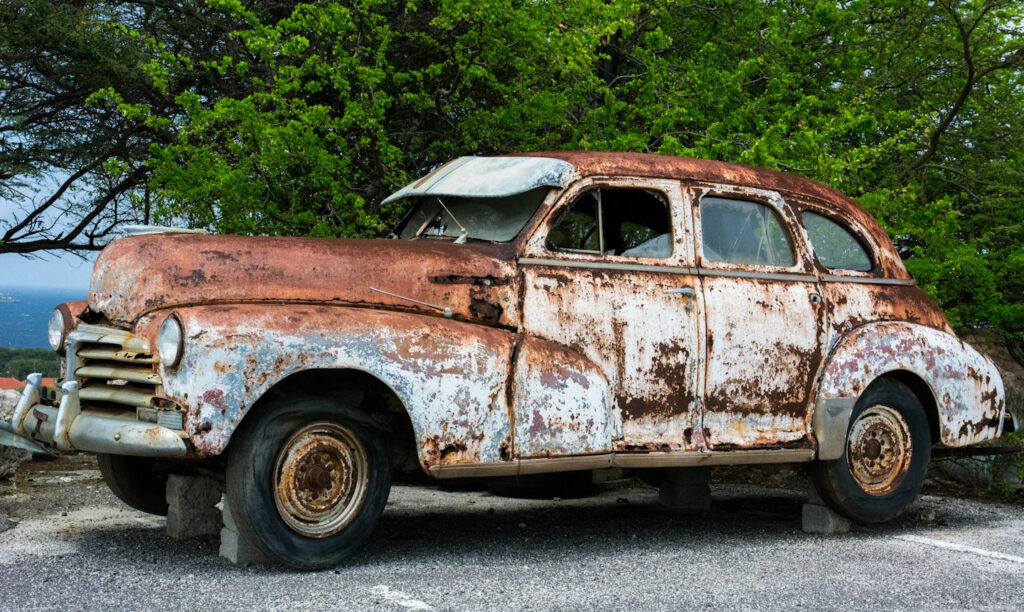
(3) Not investing in courses
Firearms are not good luck charms. They won’t solve your safety problems by themselves. I would prefer to have a lousy firearm and good training than lousy training with good firearms.
Invest in quality training focused on armed combat. Otherwise, you’ll end up with a safe full of paperweights.
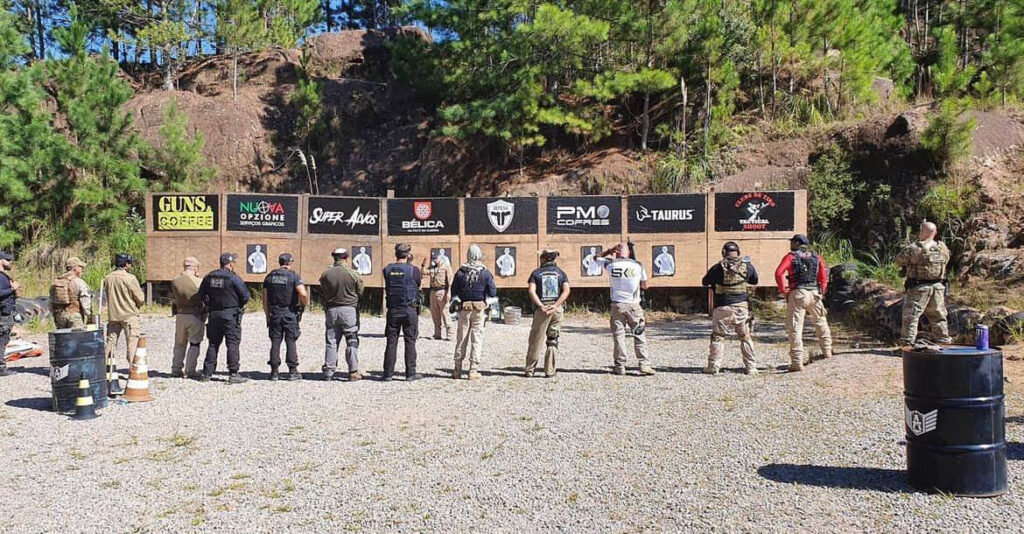
(4) Not carrying your firearm
With the exception of classic conflicts, the most likely threat a citizen will encounter includes murderers, robbers, and possibly rapists or kidnappers. It’s quite likely that all these crimes will be attempted outside your home, often when you least expect it. In other words, a pistol on your hip is worth much more than a rifle in your safe. Carry your firearm every day, especially during those times when you think you don’t need it. Ever heard of Murphy’s Law?

(5) Not having a decent holster
Following the line of thought from item 4, the holster is the instrument that allows you to safely carry your firearm, keeping it ready for immediate use. A poor-quality holster can lead to a potential security problem and significantly reduce the consistency of deploying your weapon in combat.
Don’t skimp on your holster.
(6) Not carrying an extra magazine
Anything worth hitting is worth hitting again. Capacity matters, and considering the best doctrine, the shooter will often need to fire many rounds quickly to gain a tactical advantage. In theory, the more ammunition, the better. In practice, however, consider how much extra ammunition you can carry daily without compromising other significant aspects of your life. It’s always a trade-off, but I recommend at least one extra magazine.
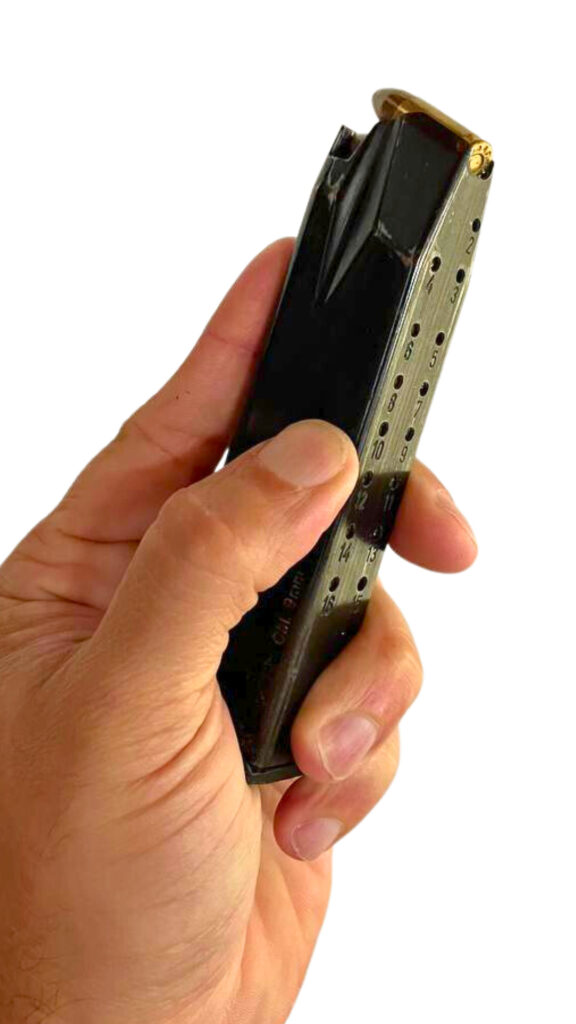
(7) Neglecting physical fitness
Many people get upset when I talk about this, and perhaps that’s why we should continue discussing the topic. It’s pointless to have the best firearm and the best holster if your physical condition hinders your ability to draw your firearm, limits your flexibility to use cover, and leaves you moving in slow motion. Take care of your physical capabilities. Armed combat is a form of combat; there are no shortcuts.

Final Thoughts
I’m always delighted to see more people committed to owning firearms to defend their families, lives, properties, and everything they value. This is the part of the firearms community that makes me most proud to be a part of: new, freer, and better-prepared citizens.
This small list, of course, is not a course, a book, or anything audacious in terms of the teaching process. However, I like to believe that, precisely because of its simplicity, it can help guide new shooters to develop good practices and continue on their journey of continuous learning in armed combat.

